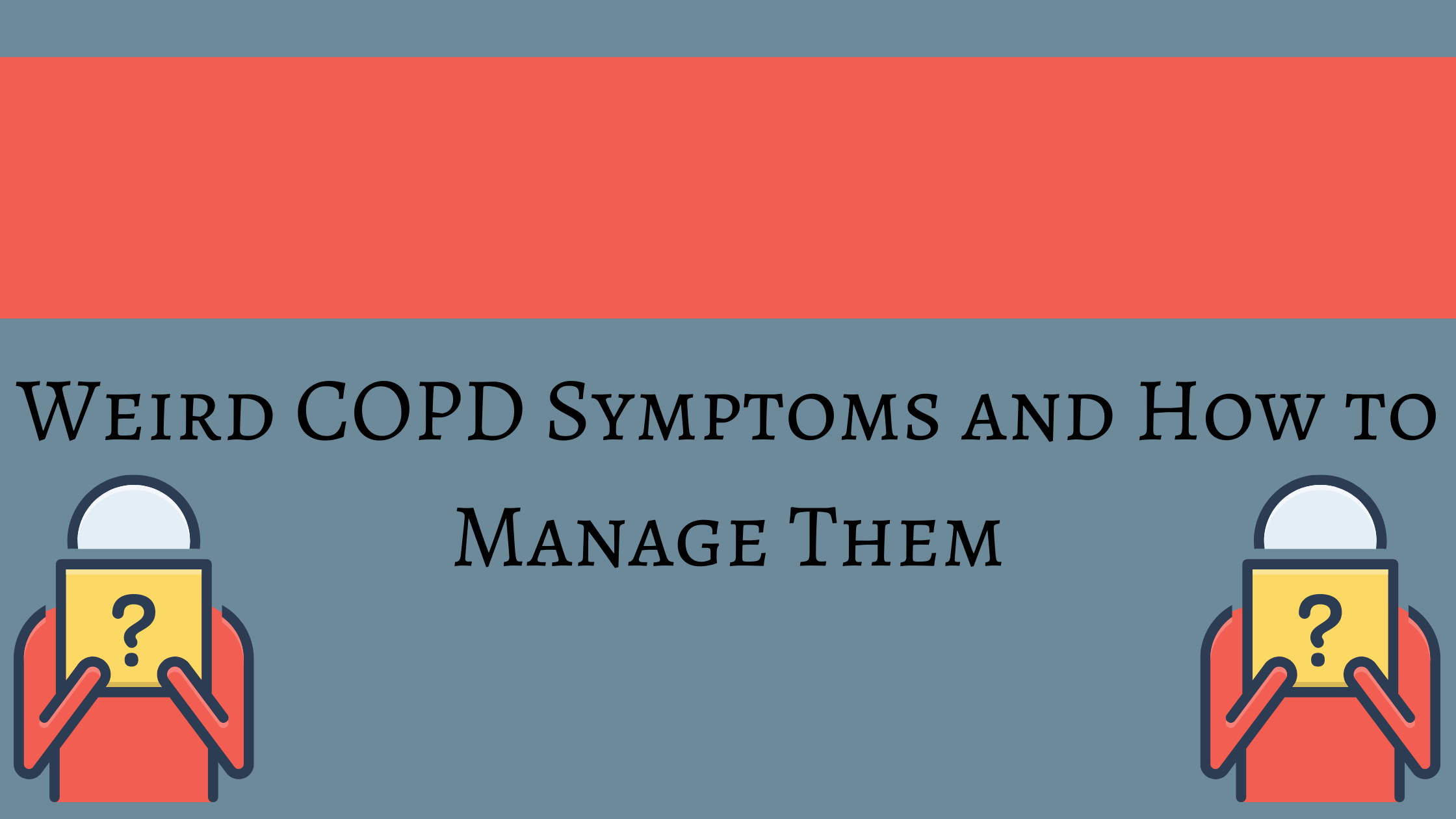
Chronic obstructive pulmonary disease (COPD) is a disease that causes lung irritation and therefore challenges breathing.
According to the Centers for Disease Control and Prevention (CDC) it’s the fourth most common cause of death among people in the United States. Getting treatment and developing healthy lifestyle habits are essential to improving your quality of life with this condition.
In addition to breathing difficulties, coughing, and lack of energy, COPD can also lead to other weird symptoms that are not as commonly talked about. In this article we will talk about some of these symptoms and what you can do to relieve them.
Irritation, mood swings, and depression

It might not be your first connection when it comes to how COPD will affect your life, but your emotions play an important role in your breathing patterns and vice versa.
People with COPD will sometimes experience emotional problems that they previously didn’t have before they were diagnosed with COPD. They also may be found to have started having symptoms of depression not long before the COPD diagnosis that can be attributed to COPD because their diagnosis might be well after they actually started to have COPD. People who have anxiety or depression even before they have COPD are more at risk for having frequent and severe exacerbations. This is simply because emotions have a big impact on your breathing.
{{cta('43b79c5e-6bd6-4f02-ac27-2d038d20c146','justifycenter')}}
Some of the lifestyle changes and hardships that come with COPD can lead to feelings of loss, frustration, or sadness and if you can’t do the things you once did it is easy to get caught up in depression and anxious feelings. You may even experience a mood disorder that causes you to feel irritated and disinterested.
When you’re depressed, you can get stuck mourning life as you knew it before COPD. One study from The National Center for Biotechnology Information estimated that 40 percent of those with COPD suffer from depression.
So what can you do?
While the physical challenges are hard to face, it is the mental challenges of COPD that are hard to portray to caretakers and your loved ones. The best way to get better is to express your feelings and speak with a professional about how you can communicate these feelings better. You can also talk to your doctor about antidepressants and COPD.
If it is fitting, your doctor might want to prescribe a medication to help alleviate your depression. It’s crucial to find the right medication for you because many antidepressants can interfere with medications you may already take for your COPD.
Two medications that doctors prescribe for depression in people with COPD are sertraline (Zoloft) or citalopram (Celexa). Do not be discouraged if the medication does not work right away, It can take up to 8 weeks for an antidepressant to take full effect.
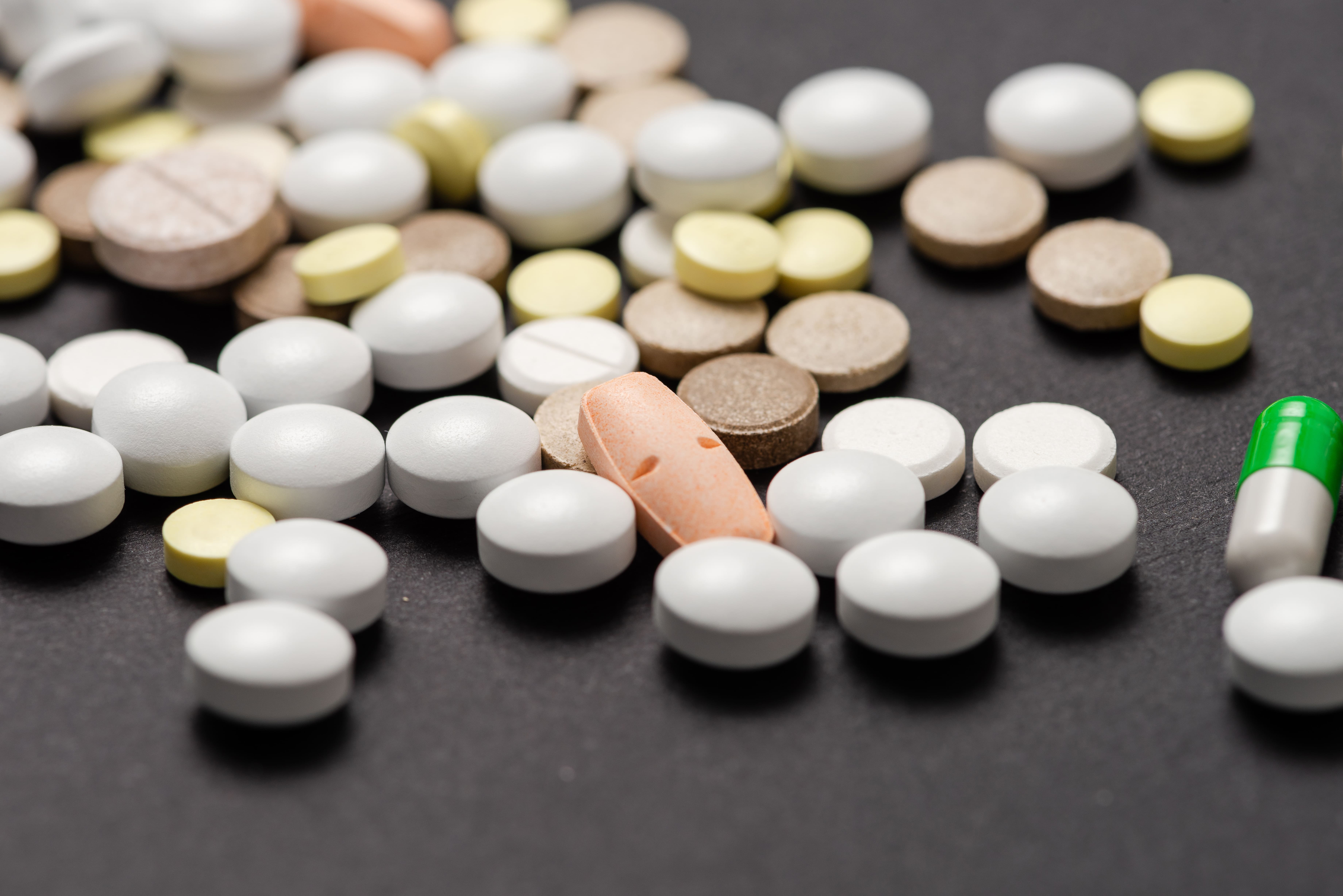
If you are trying to avoid taking additional medication, but are still suffering from depression, you might find relief by seeing a mental health specialist. You can learn from others in group therapy or find individual help with one on one therapy, both of which can help you learn how to cope with your disease and adapt to your life with COPD.
Ask your pulmonologist or primary care doctor for a reference for a well reviewed therapist who helps people in your particular condition or with similar backgrounds.
Support groups may also be beneficial for people with COPD who are experiencing depression. Being in a setting with others who are facing many of the same problems can help you feel less alone. You may discover some real life tips and advice for taking better care of yourself by talking to others. With the right combination of treatments and communication, you’ll be better able to cope with your COPD and your changing lifestyle.
A variety of online support groups are also available for people with COPD. You can simply search on Facebook “LPT Medical COPD & Respiratory Support Group” and find a community of people willing to help others with COPD. There are many other popular sites that have forums or discussion groups where members can share their feelings to an understanding group of peers.
Always remember that you aren’t the first person to feel this way and someone out there might have found a way of handling their emotions effectively. Taking the time to talk with someone from the comfort of your home can be a great first step to reaching out for help with depression.
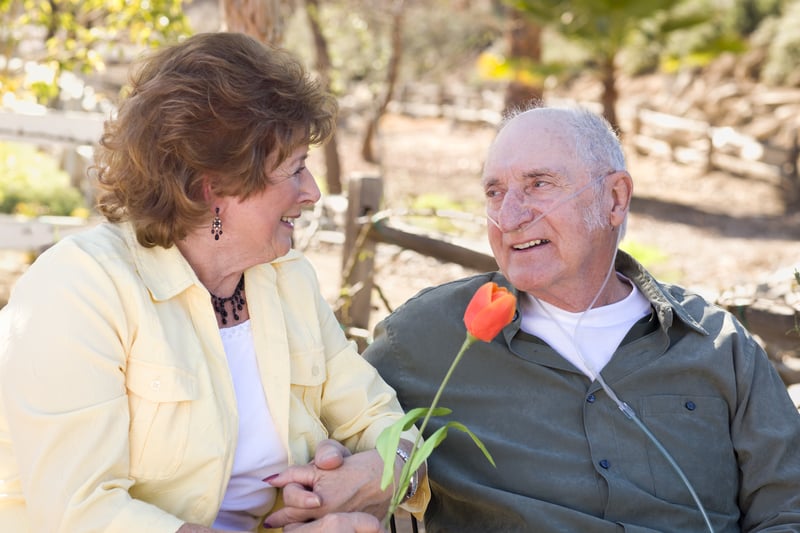
How to manage showering
Showering with COPD can be very difficult and leave patients feeling exhausted just by simply standing in the water. Usually people use hot water to shower, and that humidity builds up creating a difficult breathing environment for yourself if you have COPD. You can also be exerting a lot of energy just standing for long periods of time in the heat, so your breathing will be affected by that.
So what can you do?
Here are a few suggestions to help conserve your strength and not become so short of breath while you shower.
1. Use a shower chair
If you have COPD it can take a lot of energy just to stand, bathe, and hold your arms above your head when washing your hair.
Using a shower stool can help you avoid exacerbating your condition. Sitting down alleviates the cost of energy you would exert by standing and bending over. By conserving energy, you are lowering the risk of injury from a fall or slip.
2. Keep a fan in the bathroom
Steam from a shower increases the humidity level in the room. This can also exacerbate COPD, triggering coughing and shortness of breath.
To avoid worsening symptoms, only shower in well-ventilated bathrooms either using a fan or keeping the door open or both. If you have a window in your bathroom you can keep that open as well.
You can also place a portable fan in the bathroom with the door open to ventilate the room, and minimize the humidity.
3. Use your portable oxygen concentrator in the shower
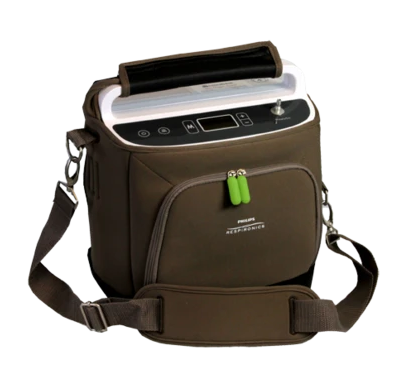
It is ok to use your oxygen in the shower, and it might make it so that you are able to handle the energy it takes to do so.
If you use a portable oxygen concentrator, make sure it is not plugged in to charge, and then you can always add an extension to the cannula tubing so that your concentrator does not get wet.
4. Take less hot showers
This one is easier said than done, because most people love a good hot shower, however this might be the reason you don't feel energized enough to take a shower comfortably.
The heat from the water creates steam so not only is the hot air harder to breath in, the humid steam also poses a lot of issues for people with trouble breathing.
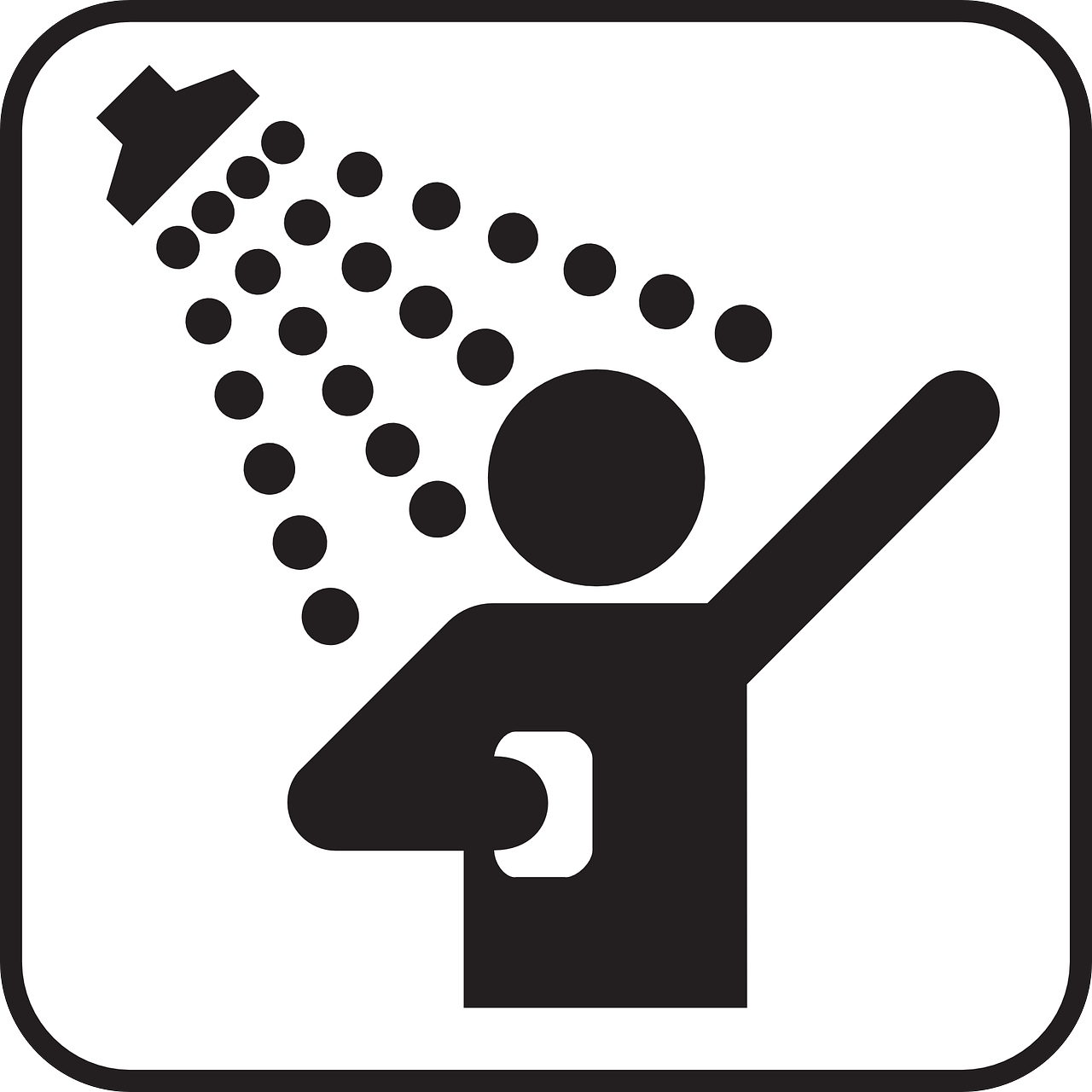
Extreme or Sudden Weight Loss
Weight loss is a sign of severe COPD.
When the damage to your lungs becomes so severe your lung volume will expand in size, which leads to flattening your diaphragm, thereby reducing the amount of space between your lungs and stomach.
You might have noticed that before you were diagnosed with COPD, that you had lost a lot of weight without really doing anything. This is because people with COPD use more calories to breathe than people who don’t have the disease.
So, If you don’t know that you have COPD, this can be perplexing, especially if you’ve tried to gain the weight back and nothing works to do so. This can lead to feeling very run down and weak.
So what can you do?
Try not to eat too fast or eat certain foods that may trigger bloating or indigestion. Doing so can make it harder to breathe and being uncomfortable might discourage you from eating regular, healthy meals as well.
Try to avoid these common triggers:
- salty foods
- spicy foods
- fried foods
- high-fiber foods
- carbonated drinks
- caffeine

To increase your body weight while making sure you get the proper nutrients, it may help to:
- Eat small but frequent meals throughout the day
- Find ways to eat higher calorie foods, such as full-fat milk (“whole milk”) products instead of low fat milk products
- Reduce your intake of fluid during meals to allow more space in your stomach for food
- Drink more fluids in between meals
- Avoid foods and drinks that trigger bloating
- Eat while using oxygen treatments
- Rest before you eat
- In some cases, your doctor or dietitian may encourage you to add a nutritional supplement to your diet.
- Simplify your snacks and meals
- Find ways to prepare snacks and meals more easily might also help you meet your nutritional needs.

For example, you can reduce some of the physical work cooking involves by buying:
- Precut produce
- Microwaveable meals
- Other packaged products
- Cut back on sodium
- When you’re shopping for pre prepared or packaged food products, look for low-sodium options. Eating too much sodium causes your body to retain water, which puts more pressure on your lungs.
It is also important to pay attention to your mental health if you notice that you’ve lost weight around the same time that you’ve been experiencing feelings of depression, anxiety, or stress, consider asking your doctor about ways to improve your mental health.
{{cta('fa8abc2a-1e88-4fa3-82fd-1cb5b9ed43b2','justifycenter')}}
Antidepressants and other treatments may help you manage your weight while improving your mood and outlook on life.
For more tips and support, your doctor may refer you to a registered dietitian or other specialist. A registered dietitian can help you develop ways to adjust your diet while coping with COPD.
Feet swelling
If you have COPD, you may develop peripheral edema (fluid retention), This causes swelling of the feet, ankles, and legs. This lower body swelling can limit your activity and can be very uncomfortable. It is also a sign of advancing COPD.
As COPD begins to negatively impact your lungs and heart, your blood circulation is eventually affected as well, which causes edema. There are other causes of edema, so you will need a medical evaluation to determine if it is caused by your COPD.
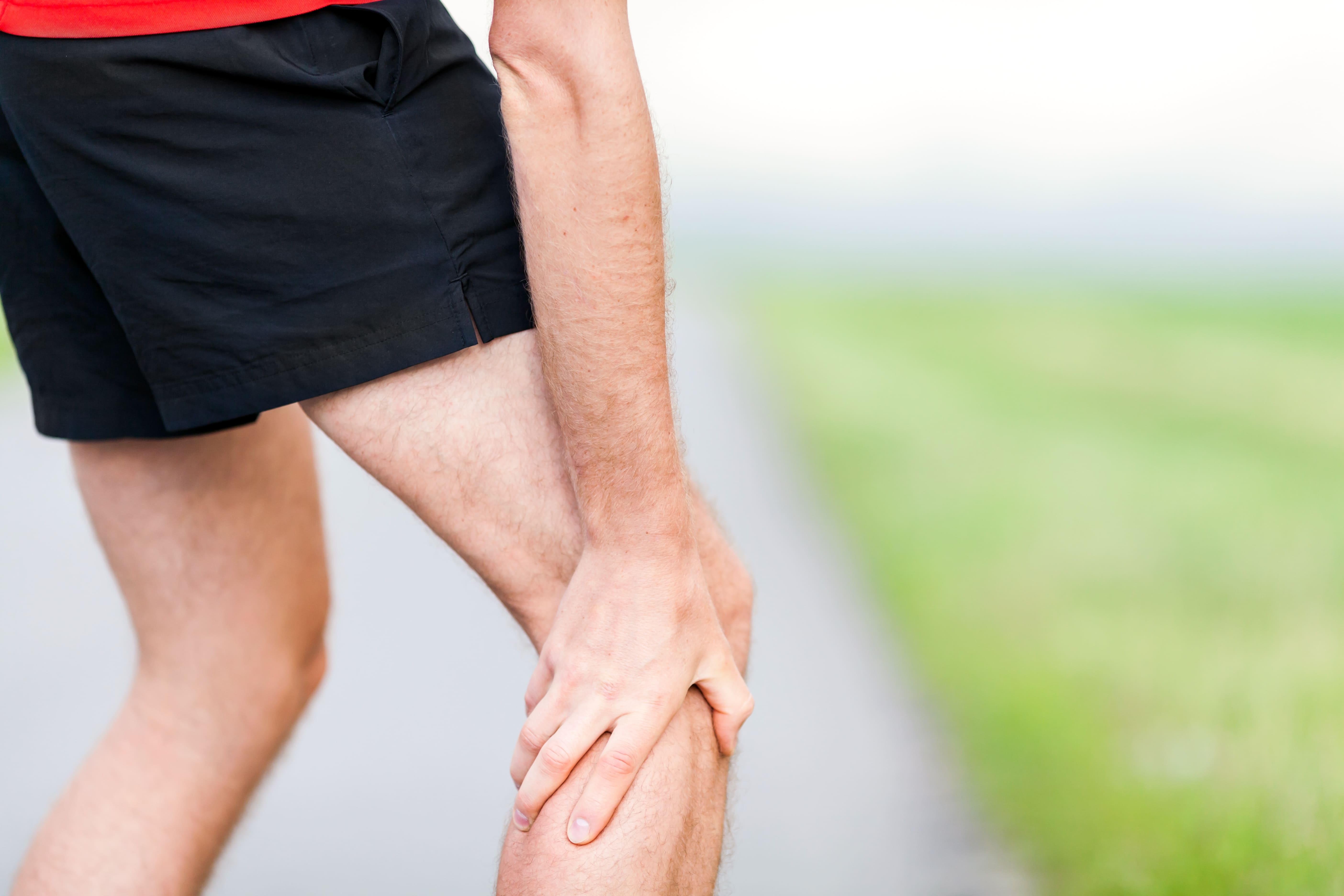
So what can you do?
Medications and lifestyle changes can help reduce leg edema, both of which we will discuss in detail. The important thing is that since edema is a sign that your COPD may be progressing, you might also need to adjust your COPD treatments, for example, your doctor may increase your oxygen therapy prescription.
If you have a hard time doing physical activity due to COPD, it can be difficult to distinguish edema from weight gain.
If you are experiencing lower body swelling from your COPD, fluid management is an important part of the treatment, and it involves lifestyle strategies as well as medication.
Medications that can help reduce edema include diuretic prescriptions, which trigger the elimination of fluid in the urine.
Other methods you should try to minimizing leg swelling include:

- Rest with your feet up: By lifting your feet up at the same level as your heart (or higher) you are reducing the blood flow into your legs which should bring down the swelling.
- Wear compression stockings: Supportive socks may also help bring down the swelling of blood in your feet and ankles. These can normally be purchased at any drugstore.
- Keep up with hydration: You must closely follow your doctor's instructions when it comes to fluids because your fluid intake can be tricky when you have COPD-associated leg edema. Drinking too much fluid can cause edema if your kidneys can't catch up with urine production and on the other hand not drinking enough water may also cause swelling if your kidneys retain excess fluid to prevent dehydration.
- Reduce salt: Your salt intake can influence the edema in your legs. Salt concentration managed by your kidneys, so too little or too much salt can result in swelling or dehydration.
- Get regular exercise: Staying active can help your lungs and heart function properly even if you have COPD it is important to maintain healthy circulation.
Oxygen therapy as treatment for COPD
When you start to get extra oxygen into your system while taking oxygen therapy it can help you have fewer intense bursts of being breathless.
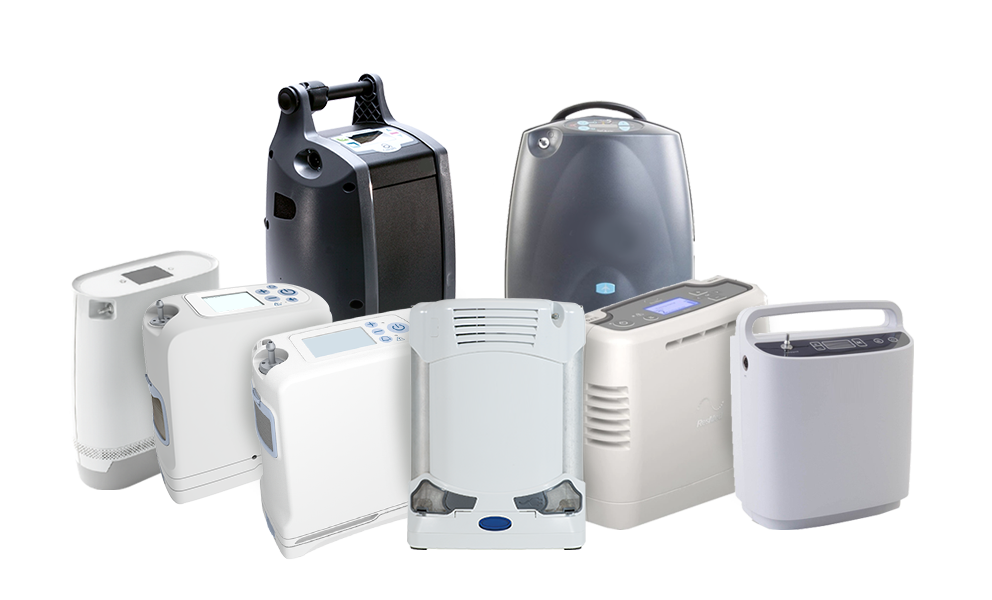
It can also:
- Helps you to sleep better
- Increases your energy and ability to exercise
- Helps you focus
- Boosts your mood
- Improves sex
- Lowers your chance of heart failure (when your heart doesn’t pump enough blood to your body)
- Even prolongs your life expectancy
If your doctor prescribes you oxygen therapy at any point, it is crucial to work with a oxygen supply company that is a licensed distributer and has a dedicated team of experienced respiratory specialist that can connect you with a portable oxygen concentrator that fits into your life with ease.
Overview
{{cta('b59df0c1-c4de-47a8-8e1c-0d33d4b414aa','justifycenter')}}
There are a lot of other random feelings and discomforts that people can attribute to their COPD, and because this disease effects everyone differently, you might also experience something completely different than someone that is you same age and gender with COPD. Therefore, there is not one single treatment plan that works for everyone.
For the most part, the COPD diagnosis means a few things across the board. It is time to take control of your lifestyle, eat healthy foods and eat consistently to maintain a healthy weight, you should continue or start to exercise as much as possible, and you need to quit smoking if you do.
After you have incorporated these healthier lifestyle choices in your daily life, you might recognize other aspects of your life that you need to work on or you need help to mange. These weird symptoms in this article are just a few of the realities COPD patients face, and you might experience one, some, or none of these, but whatever you do, remember you are not alone and there are almost 30 million people in the United states alone with this incurable disease, however you can choose to live a well-balance life or not.
If your doctor prescribes you oxygen therapy at any point, it is crucial to work with a oxygen supply company that is a licensed distributer and has a dedicated team of experienced respiratory specialist that can connect you with a portable oxygen concentrator that fits into your life with ease.

